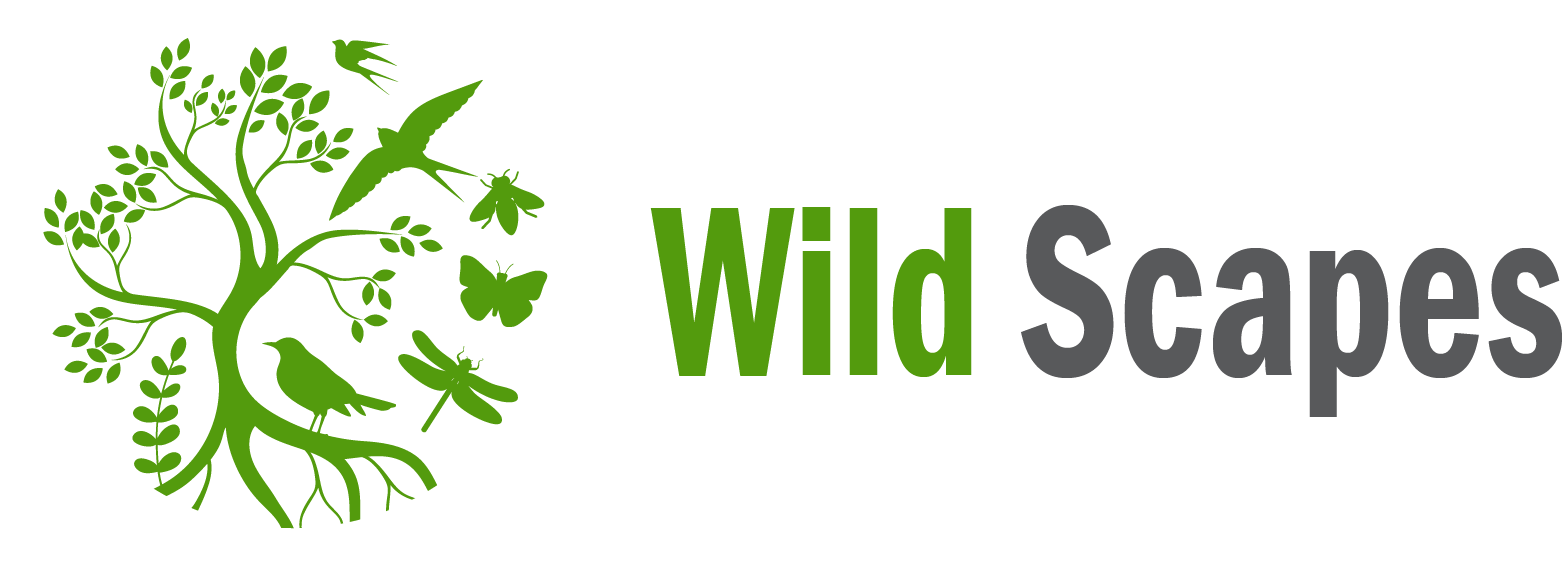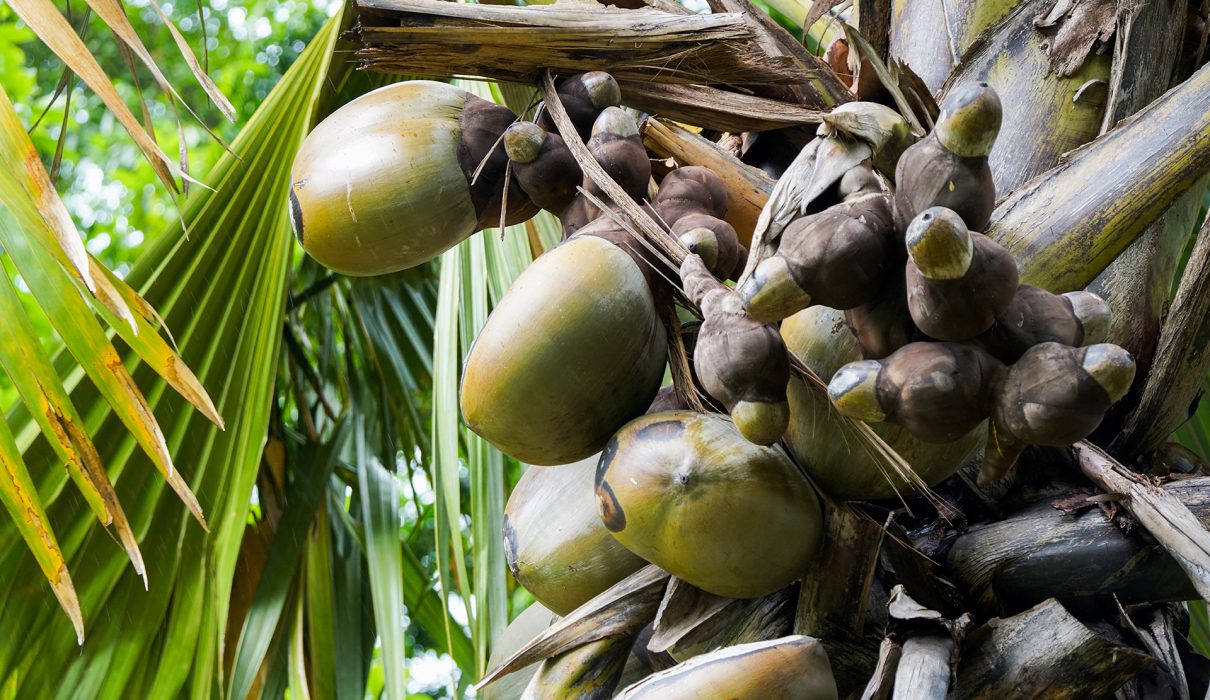Lodoicea maldivica, commonly known as the Maldive coconut, coco de mer, sea coconut, or double coconut, is an extraordinary palm species renowned for its immense seeds and unique cultural history. Despite its name suggesting a connection to the Maldives, this palm is endemic to the Seychelles islands, specifically Praslin and Curieuse. The intriguing tale of the Maldive coconut spans centuries, encompassing myths, medicinal uses, and unique botanical characteristics. In the Maldives, it is locally known as Thaavah Kaashi.
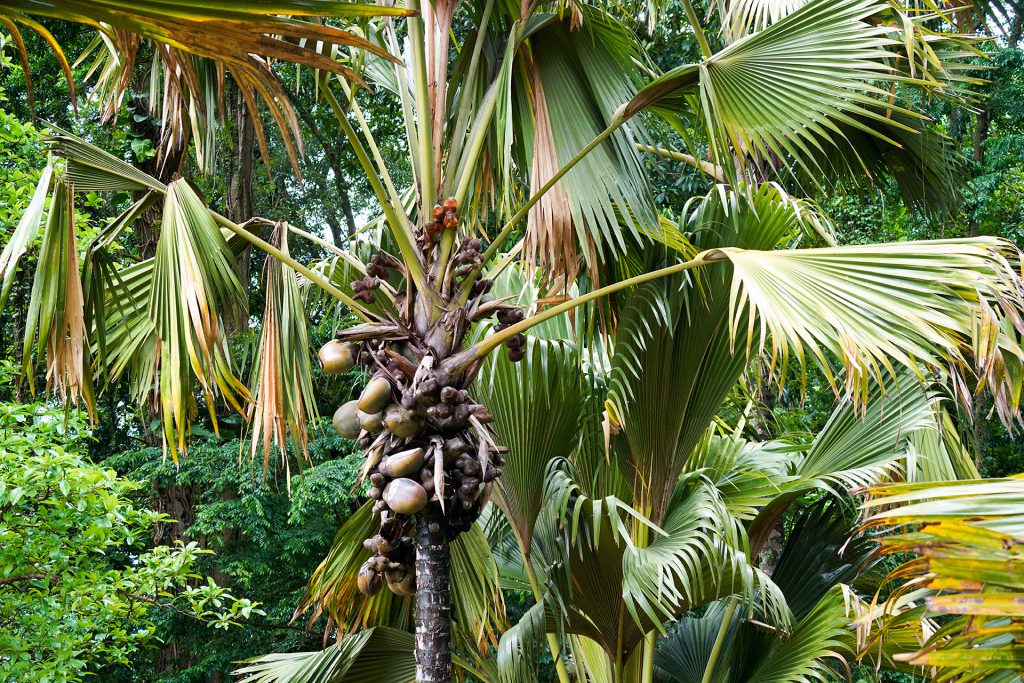
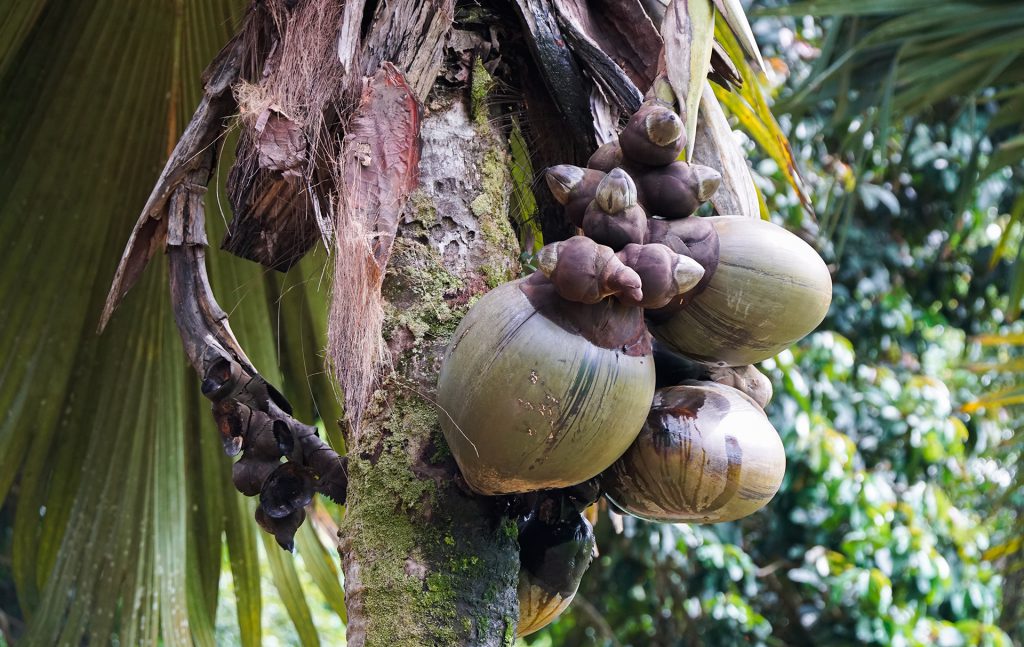
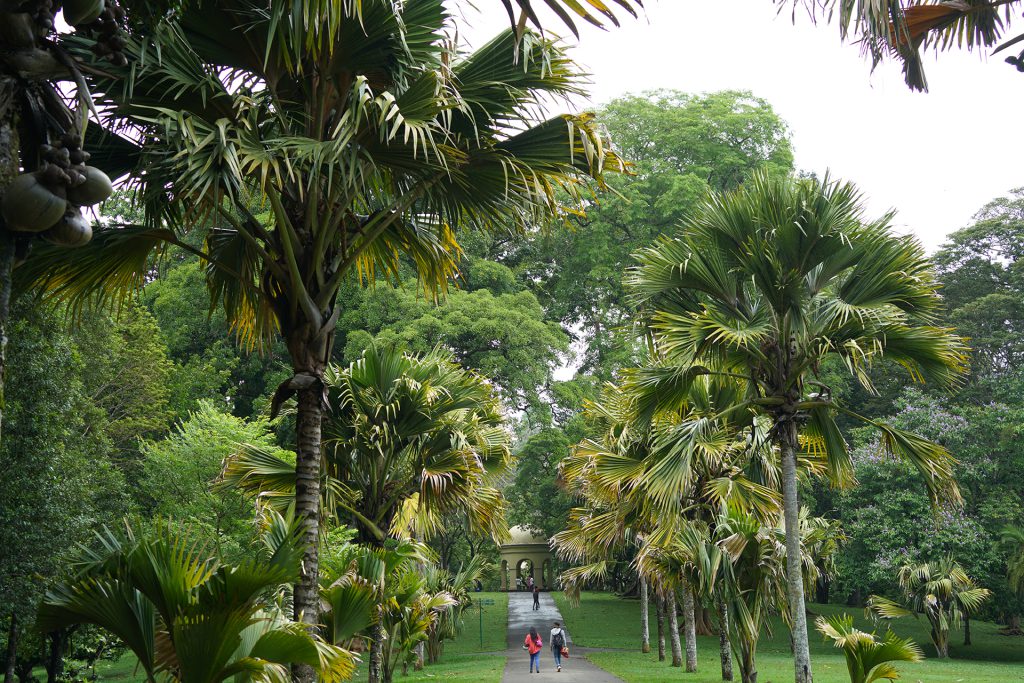
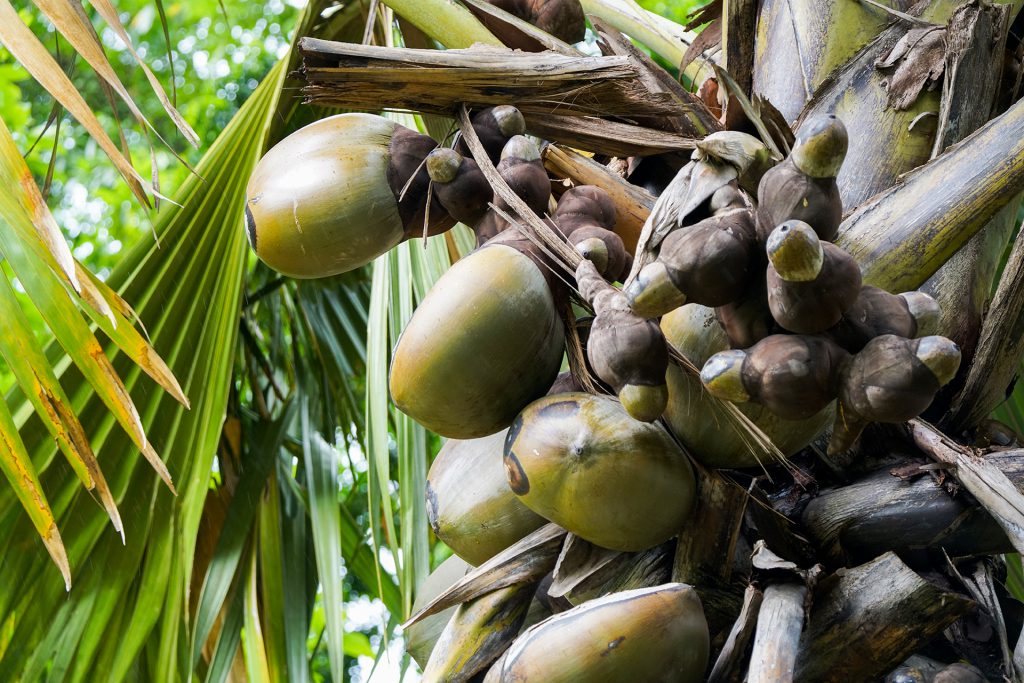
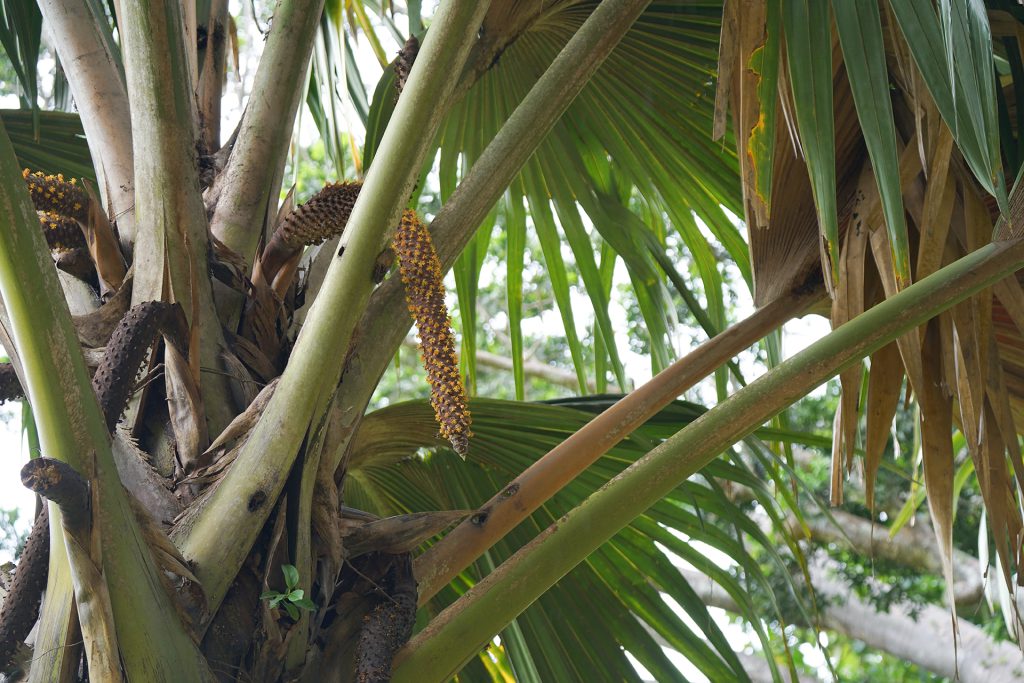
Historical and Cultural Significance
Early Trade and Mythology
The Maldive coconut has a storied history intertwined with myths and superstitions. Locally known in the Maldives as Thaavah Kaashi, this coconut was believed to be a gift from the sea, thought to bring good fortune to those who found it. The islanders speculated that these fruits grew on mysterious trees at the sea’s bottom, sent by the Sea God. These enormous coconuts, often measuring nearly two feet in thickness, were highly prized and strictly controlled by the Sultans of the Maldives, who sold them at exorbitant prices to Indian Rajahs and European nobility.
Medicinal Uses
The hard shell of the Maldive coconut has been used in local Maldivian medicine for centuries, particularly for sexual enhancement. Additionally, it was believed to offer protection from poisoning, a notion that led to its use by Indian Rajahs who feared being poisoned by their courtiers. Goblets made from the hard shell of these coconuts were often engraved with gold, silver, and precious stones and used to drink beverages, believed to neutralize toxins.
Botanical Description
Taxonomy
Lodoicea maldivica is the sole species in the genus Lodoicea, belonging to the subfamily Coryphoideae, tribe Borasseae. The closest relative of Lodoicea is the genus Borassus, which includes species found across Africa, India, Southeast Asia, and Madagascar. The taxonomic classification is as follows:
- Kingdom: Plantae
- Clade: Angiosperms
- Clade: Monocots
- Order: Arecales
- Family: Arecaceae
- Subfamily: Coryphoideae
- Tribe: Borasseae
- Genus: Lodoicea
- Species: L. maldivica
Physical Characteristics
Lodoicea maldivica is a robust, solitary palm that can reach heights of up to 30 meters (100 feet). The trunk is erect and spineless, with a bulbous base fitting into a natural bowl pierced with numerous holes for root penetration. The leaves are fan-shaped, up to 10 meters in diameter, with petioles ranging from 2 to 4 meters in length.
The tree is dioecious, meaning individual plants are either male or female. The male flowers are arranged in catkin-like inflorescences up to 2 meters long, while the female flowers are large, up to 10 centimeters in diameter. The fruit, taking 6-7 years to mature, is the largest seed in the plant kingdom, weighing up to 30 kilograms and measuring up to 50 centimeters in diameter.
Growth and Development
Lodoicea maldivica has a slow growth rate, with young plants taking several years to establish before entering the reproductive phase. The palm starts flowering at around 20-40 years of age. The fruiting process is equally prolonged, with seeds taking 6-7 years to mature fully. Once the seeds mature, they fall to the ground, where they can remain viable for several months before germinating.
Seed Dispersal and Germination
The seed dispersal mechanism of Lodoicea maldivica is unique due to its large size and weight. Seeds typically fall close to the parent tree, limiting the natural spread of the species. Germination is a slow process, often taking over a year for the seed to sprout. The seedling establishes a strong root system before producing its first leaf, a strategy that helps it withstand the competition for nutrients and water.
Ecological and Evolutionary Insights
Habitat
Lodoicea maldivica thrives in the rainforests of Praslin and Curieuse, where it grows in deep, well-drained soils and open slopes. The palm forms a monodominant forest in these regions, contributing significantly to the local ecosystem. These forests provide habitat and food for various endemic species, playing a crucial role in maintaining biodiversity.
Evolution and Dispersal
The evolutionary history of Lodoicea is fascinating. Genetic studies suggest that this palm’s ancestors may have dispersed from South Asia, with seed size increasing over time. The Seychelles’ unique geological history, involving continental drift and isolated evolution, has contributed to the development of Lodoicea’s distinctive characteristics.
The giant size of the seeds is an adaptation to nutrient-poor soils. By packing a large amount of nutrient reserves into the seeds, the palm ensures that seedlings have a higher chance of survival in the challenging environment. This strategy has enabled Lodoicea to dominate its habitat, outcompeting other plant species.
Conservation and Modern Significance
Threats and Conservation Efforts
Despite its historical trade and cultural significance, Lodoicea maldivica faces conservation challenges. The limited geographic range and slow growth rate make it vulnerable to habitat loss and environmental changes. Deforestation, illegal harvesting of seeds, and climate change are significant threats to its survival.
Conservation efforts focus on protecting its natural habitat and preventing over-exploitation. The Seychelles government has implemented strict regulations on the collection and export of seeds. Conservation programs also include habitat restoration and reforestation projects, aiming to preserve the unique ecosystem of the Seychelles.
Role in Ecotourism and Education
In modern times, the Maldive coconut remains a symbol of natural wonder and historical intrigue. The unique characteristics of Lodoicea maldivica attract tourists and nature enthusiasts from around the world. Ecotourism has become a significant contributor to the local economy, promoting the conservation of this remarkable species.
Educational programs and research initiatives highlight the importance of Lodoicea maldivica in understanding evolutionary processes, ecosystem dynamics, and conservation strategies. The palm serves as a flagship species for conservation efforts in the Seychelles, emphasizing the need to protect biodiversity hotspots globally.
Conclusion
Lodoicea maldivica, or the Maldive coconut, is a remarkable palm species with a rich history and unique botanical features. From its mythological origins and medicinal uses to its ecological significance, this palm continues to captivate scientists and enthusiasts alike. As conservation efforts strive to protect this natural marvel, the story of the Maldive coconut serves as a testament to the enduring relationship between humanity and the natural world.
References
- Dransfield, J. (1974). The conservation status of the palm Lodoicea maldivica. Biological Conservation, 6(1), 29-33.
- Chauvet, B., & Borassus, H. (2007). Lodoicea maldivica: Evolution and dispersal. Botanical Journal of the Linnean Society, 153(1), 133-145.
- Frazier, J. (2009). The role of Lodoicea maldivica in Seychelles’ biodiversity. Journal of Tropical Ecology, 25(5), 543-551.
- Government of Seychelles. (2020). Conservation and Management of Lodoicea maldivica. Seychelles National Parks Authority.
